A reader asks: “I would love to hear more about factors to consider for when GAPS is not working. I added in quinoa and sweet potatoes due to hunger energy issues while nursing.”
There are a few reasons why GAPS might not be working for you, I’ll outline below and provide possible solutions.
You’re Not Getting Enough Calories
When you radically change your diet, there are so many times that you think, “I want cereal” but then realize it’s not allowed on your current eating protocol, and then you just end up forgetting to eat while you’re trying to remember what exactly you can and cannot eat. I lost a bunch of weight on GAPS (indicating that I wasn’t getting enough calories, since I wasn’t trying to lose weight) for this reason, and because I was overestimating the amount of calories in something.
On intro, a big bowl of butternut squash with a tablespoon of tallow and sprinkle of sea salt is only 300 calories, compared to a bowl of the same quantity (2 cups) rice with the same amount of fat is 500 calories. Getting 200 less calories than you think you are quickly adds up, especially as your body is expending more energy rebuilding the gut and dealing with released toxins.
If you’re not getting the calories your body needs to preform adequately, you’re not going to feel well, may be cranky, weak, and spacey. This isn’t how you’re supposed to feel on GAPS, so it’s safe to say that in this state GAPS is not working for you.
When breastfeeding, not only do you have to eat a ton more calories, but you also have to be mindful of toxins that are being released by your system. See my post on Breastfeeding on GAPS here.
High-calorie GAPS Foods

We started GAPS when this chunky boy wasn’t eating more than a couple mouthfuls of food and I was nursing for the rest of his calories
You’re Not Actually on GAPS
GAPS has a very strict list of what is and isn’t allowed (see more here, and the reasoning behind it). If you’re eating GAPS foods + sweet potato and quinoa, you’re not actually on GAPS. Instead, you’re on a very high quality nutrient dense gluten free diet, which is good, but it’s not going to do the same thing that the GAPS protocol will do.
When we add in more complex sugars/carbs, they make their way down lower in the gut and feed the bacteria we’re trying to starve. It isn’t to say that a gluten free diet full of nutrient dense foods is bad, it’s not and it’s how we eat primarily now that we’re off GAPS, but it’s not GAPS and it’s not going to have the same healing ability that the strict GAPS protocol will.
If you need to cheat, read here about ‘smart cheats’ first.
You Don’t Actually Need to be on GAPS
If you don’t need to be on GAPS, but instead just need a good solid nutrient dense diet, being on GAPS may be causing you unnecessary stress. Stress is bad for your health, so it’s something that must be taken into consideration when starting a strict diet like GAPS is.
I know when we started GAPS it absolutely was less stressful than my daughter not being on it- it helped her to sleep and learn, and having those things helped made my life much less stressful.
But if someone is under extreme stress trying to stay on GAPS, and GAPS is only helping a small amount, you may actually be causing more harm than good.
You Need More than GAPS
When we did GAPS we had great progress at first, and then we kind of stalled. Taking my daughter off GAPS sent her in a regression, so she still needed to be on it, but we also weren’t seeing any further healing like we saw the first year. In this case we started seeking alternative treatments on top of GAPS- amino acids, chiropractic, herbs, homeopathy, eastern medicine.
Sometimes GAPS isn’t enough for our complex cases, and we have to do more on top of it.
You’re Not Getting Enough Variety
It’s easy to get in a food rut no matter what dietary protocol you’re following. We have a ton of variety available to us in America, but we don’t always remember it. I created the Grain Free Meal Plans because I found that meal planning really helped me to eat a balanced nutrient dense diet and not just subsist on apples and scrambled eggs daily ~grin~. If on GAPS you find yourself limited to a few foods because you can’t think of anything else to cook, that is another reason GAPS may fail. You want to include as much variety as possible, no need to be obsessive about it, but it’s also not healthy to only consume your favorite 5 GAPS legal foods either.
The exception to this would be when you’re trying to get a picky eater on GAPS, and in that case it might be necessary to let them self limit for a while (read more about sensory issues and GAPS here).
Troubleshooting if you’re not seeing improvement by day 7
As always, I’m not a medical professional, and this can not be considered medical advice.
By day 7 you most likely will be feeling much better. You will have new found cravings for vegetables and meat, your brain fog will have lifted, and you’ll be sleeping better. This is the case for most GAPS people, but there’s always a but…
If you’re NOT feeling better by day 7, something more might be going on than just the need to eliminate complex carbohydrates. Unfortunately this means even more restrictive eating, which is why we don’t eliminate ALL these even in the GAPS Introduction diet.
Based on the symptoms you still experience, you can try tweaking the intro diet or switch to a completely different protocol. I want to repeat, most of you will NOT need a protocol more strict than the GAPS Intro, but a very small percentage will.
In addition, when we heal the gut and reduce inflammation, we heal many of the below symptoms completely.
SIBO
If you experience gas, bloating, and tummy pain, SIBO may be the cause. Changes to make: Low FODMAPS diet should be followed. You can learn about SIBO here.
Resources: Sylvie McCracken wrote The SIBO Solution, which is by far the most comprehensive book on SIBO out there.
Histamine Intolerance
If you have a histamine intolerance, you may be reacting to histamine in food. Characteristics of a histamine intolerance are usually an itchy rash on the face, itchy tongue, or facial flushing after eating some foods. Changes to make: Most notedly, leftovers, fermented foods, and long-simmered broths can cause a problem, so you will want to remove those as well as other high-histamine foods. You can learn more about a histamine intolerance here.
Phenol Intolerance
Characterized by red cheeks, red ears, self injury behavior, aggression, trouble sleeping, inappropriate laughter, and difficulties with coordination, many kids on the spectrum are also reacting to phenols in foods. Adults also may show signs of phenol intolerance with chronic fatigue.
This intolerance presents just about exactly the same as a die off reaction for many, so it’s hard to pinpoint.
Before removing high phenol foods, I encourage you to back off on probiotics for a few days and see if that helps. That means no fermented foods including sauerkraut juice, and no probiotics. Coconut is not allowed in the GAPS Intro diet, but if you’re using it anyway, remove coconut oil as it can also cause a die off reaction.
If you suspect phenols are an issue, you can remove high phenol foods from the intro diet. You will see that most of these are not encouraged on the GAPS Intro diet, but I listed some of the common things that people include anyway:
- Tomatoes
- Brightly colored fruits (which are not allowed on beginning intro anyway) such as berries, cantaloupe, watermellon
- Honey
- Milk
- Aspirin-containing products
- Coffee
- Cucumbers
- Tea
- Oil of wintergreen
You can also increase sulfate, which helps the body process phenols, by increasing:
- Garlic
- Onions
- Broccoli
- Leeks
- Cabbage
- Eggs, if tolerated (only the yolk for now)
- Epsom salt baths
Autoimmune
If you have an autoimmune condition, which often shows up as joint pain, you may benefit from eliminating nightshades from the Intro diet and trying again. You can learn more about the autoimmune protocol here.
Healing Journey
Healing is usually not a straightforward process, but it’s a journey. GAPS, and other protocols can be fantastic guidelines when followed correctly, and individual needs are taken into account.
Learn how to heal leaky gut

60-page ebook of all my best GAPS Diet (Gut and Psychology Syndrome) articles all in one place.

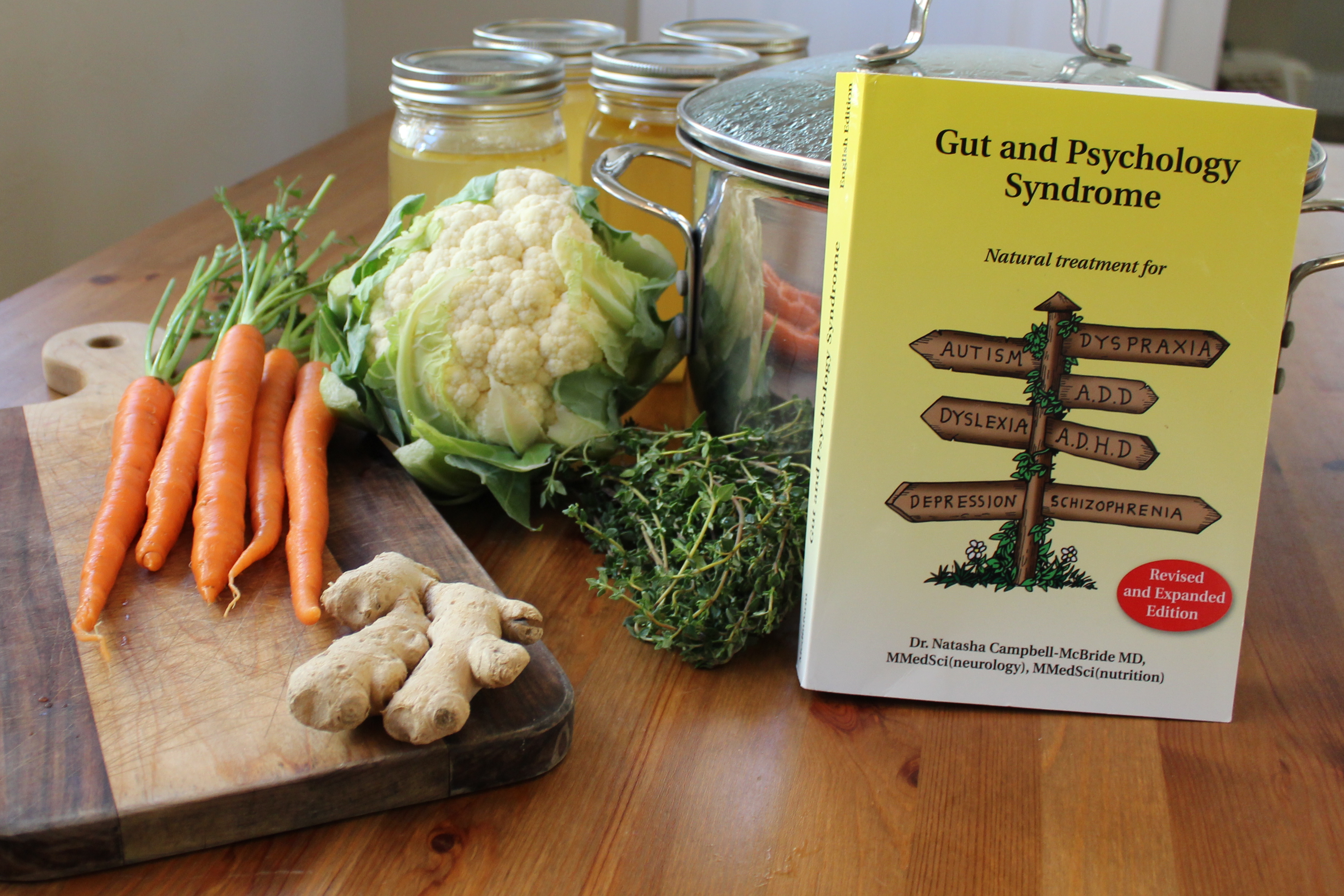
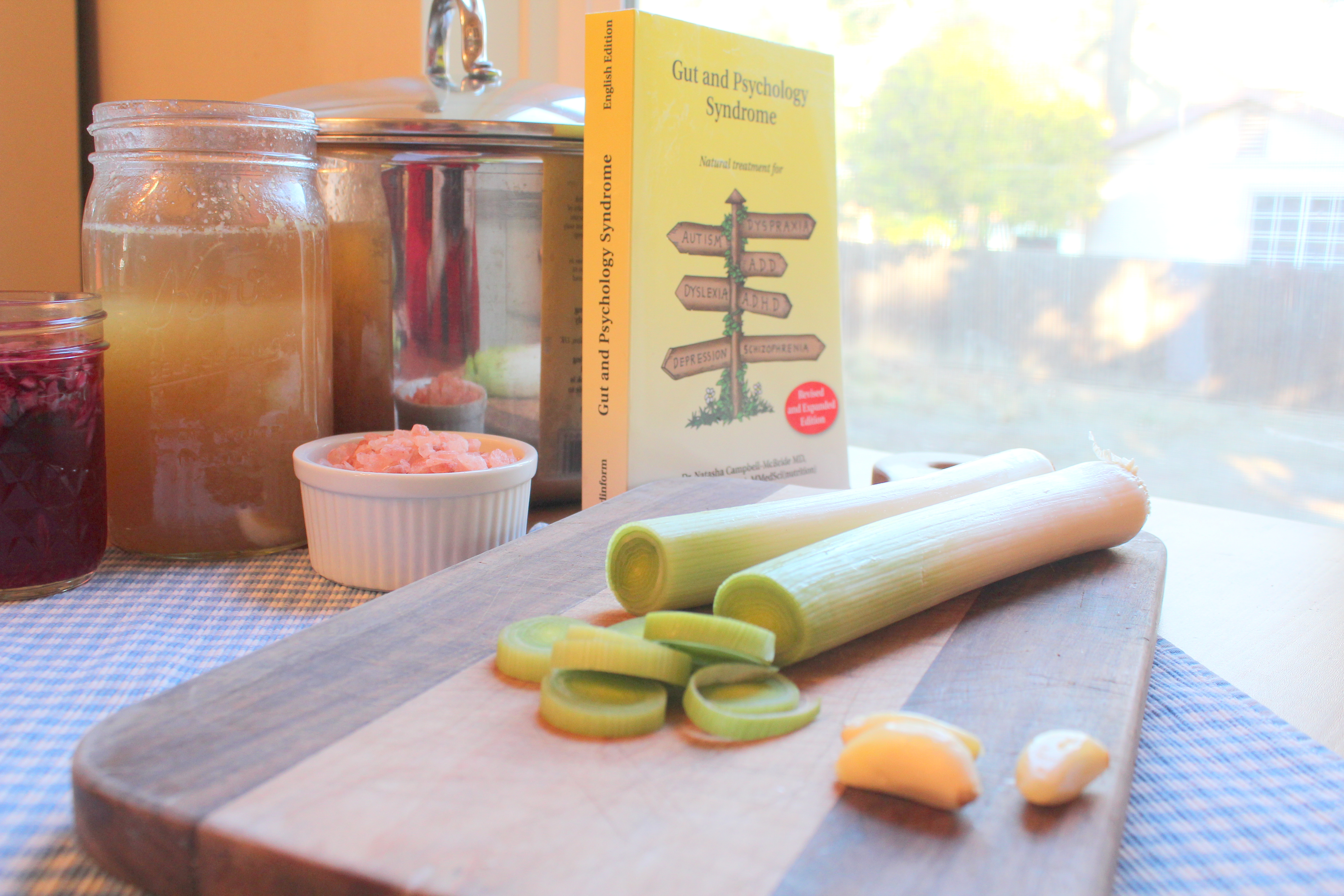
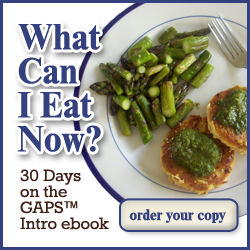
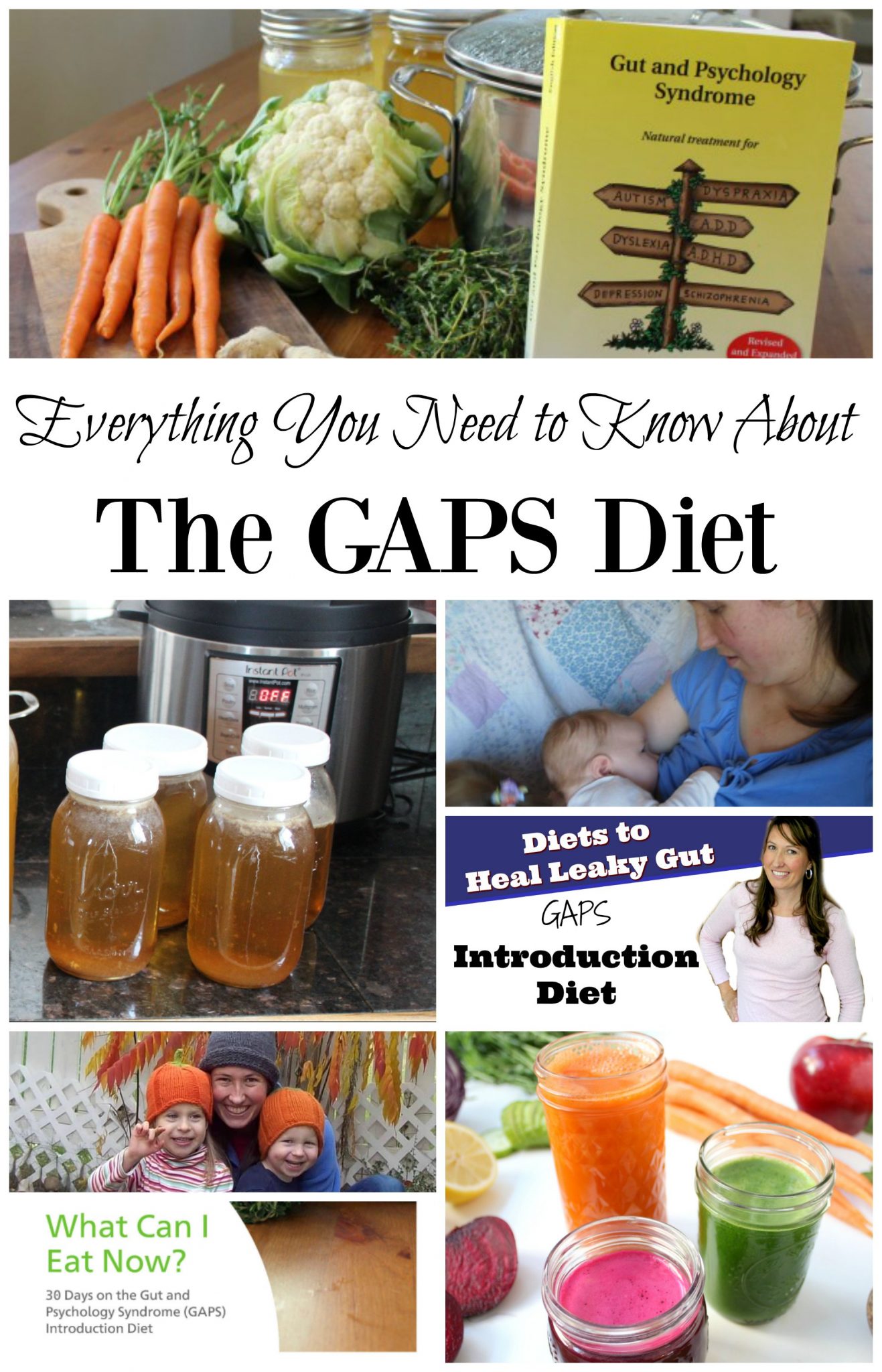
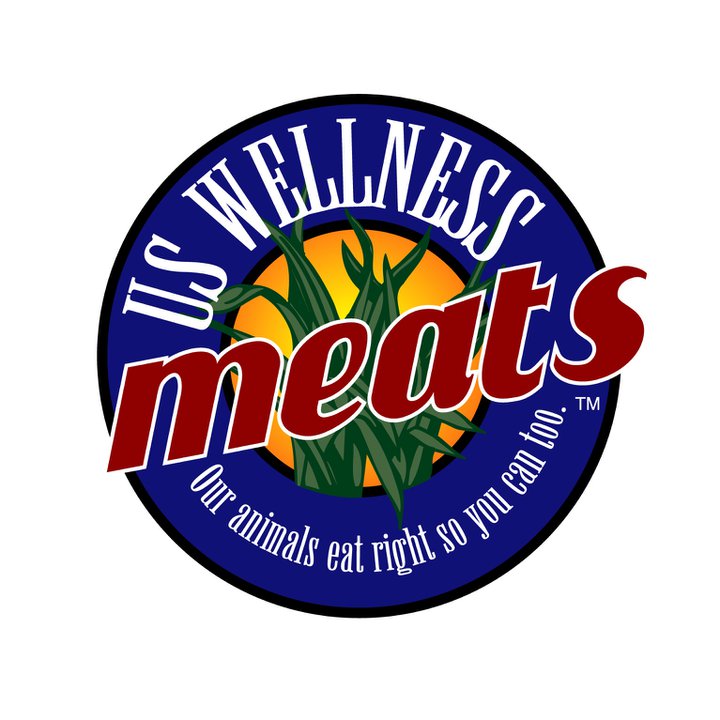
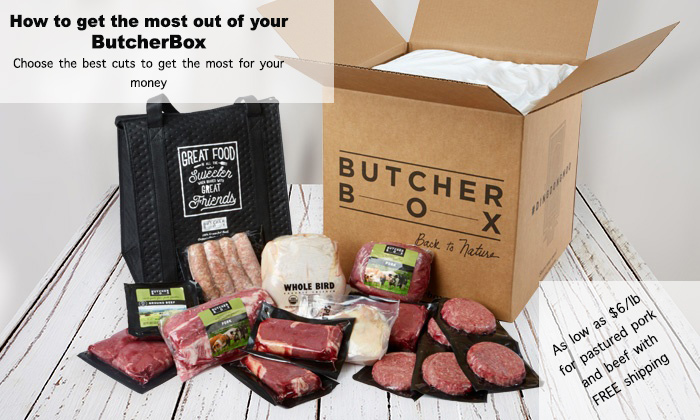
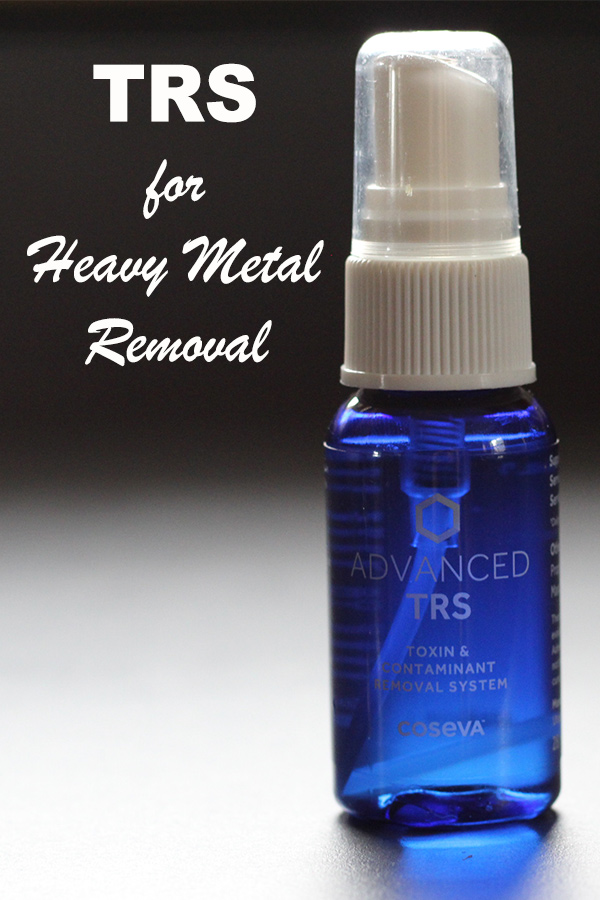

Hi Cara, do you have any advice for dealing with constipation that has been severe ever since i started Intro almost two months ago? I’ve had issues with constipation but never this long. I progressed through Intro pretty well (the reason I went on GAPS is my constipation that I often get, and breaking out, especially with pimples on face) but now at this point I’m not so sure I want to stay on this diet. Constipation only got worse. :-/ I have a colonoscopy scheduled for next month and they want me to go on Miralax for a whole month. Not sure what to do! I just want to be normal again!! Any advice would be helpful. And forgive me is this is TMI!
HI, I would use an enema as directed in the GAPS book. Sorry about that! You could try adding in apple juice, as it is high in sorbitol. Also try either backing off probiotics or upping them, depending on what you have been doing.